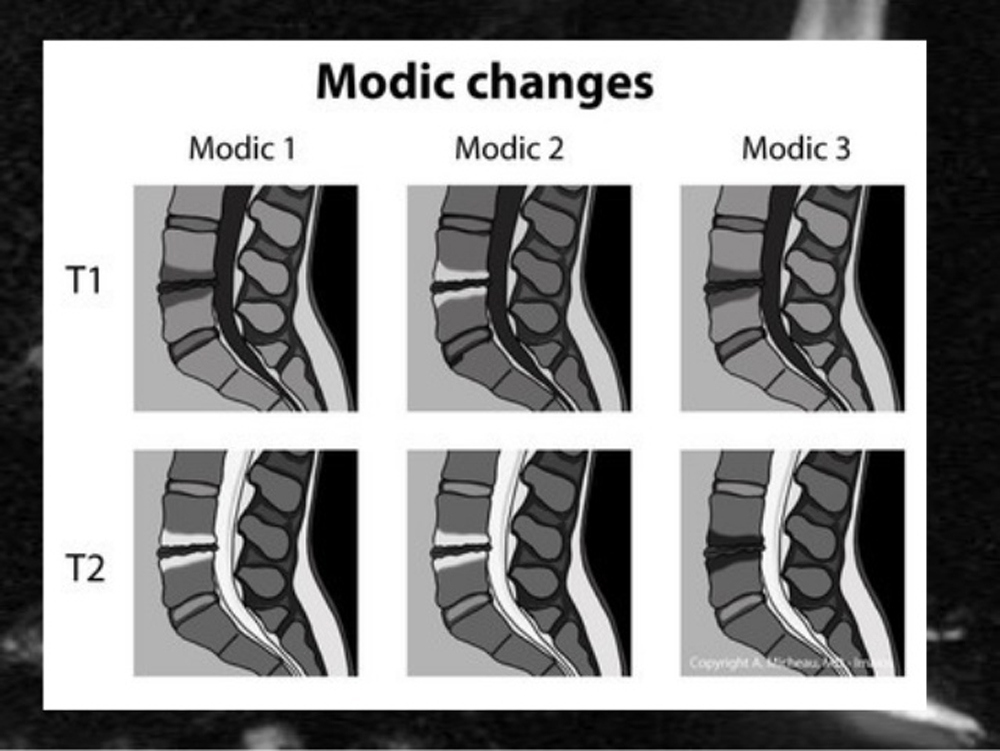Chiropractic Spinal Manipulation and the Risk for Acute Lumbar Disc Herniation: A Belief Elicitation Study
SOURCE: European Spine Journal 2017 (Sep 18)
Cesar A. Hincapie, J. David Cassidy,
Pierre Côté, Raja Rampersaud
Alejandro R. Jadad, George A. Tomlinson
Injury Prevention Research Office, Division of Neurosurgery,
Li Ka Shing Knowledge Institute, St. Michael’s Hospital,
Toronto, Canada
Background Chiropractic spinal manipulation treatment (SMT) is common for back pain and has been reported to increase the risk for lumbar disc herniation (LDH), but there is no high quality evidence about this. In the absence of good evidence, clinicians can have knowledge and beliefs about the risk. Our purpose was to determine clinicians’ beliefs regarding the risk for acute LDH associated with chiropractic SMT.
Methods Using a belief elicitation design, 47 clinicians (16 chiropractors, 15 family physicians and 16 spine surgeons) that treat patients with back pain from primary and tertiary care practices were interviewed. Participants’ elicited incidence estimates of acute LDH among a hypothetical group of patients with acute low back pain treated with and without chiropractic SMT, were used to derive the probability distribution for the relative risk (RR) for acute LDH associated with chiropractic SMT.
Results Chiropractors expressed the most optimistic belief (median RR 0.56; IQR 0.39–1.03); family physicians expressed a neutral belief (median RR 0.97; IQR 0.64–1.21); and spine surgeons expressed a slightly more pessimistic belief (median RR 1.07; IQR 0.95–1.29). Clinicians with the most optimistic views believed that chiropractic SMT reduces the incidence of acute LDH by about 60% (median RR 0.42; IQR 0.29–0.53). Those with the most pessimistic views believed that chiropractic SMT increases the incidence of acute LDH by about 30% (median RR 1.29; IQR 1.11–1.59).
There are more articles like this @ our:
Low Back Pain and Chiropractic Page
and the:
Conclusions Clinicians’ beliefs about the risk for acute lumbar disc herniation (LDH) associated with chiropractic SMT varied systematically across professions, in spite of a lack of scientific evidence to inform these beliefs. These probability distributions can serve as prior probabilities in future Bayesian analyses of this relationship.
Keywords Chiropractic Spinal manipulation Risk Intervertebral disc displacement Bayesian approach Belief elicitation
From the Full-Text Article:
Introduction
Spinal manipulation is commonly used for back pain and considered to be safe, although concern has been raised about its potential link with lumbar disc herniation (LDH) [1, 2]. Several systematic reviews have found that spinal manipulation can benefit low back pain, with little evidence of serious harm [3, 4]. In addition, randomized clinical trial evidence supports the use of spinal manipulation for the treatment of LDH with radiculopathy [5–7]. On the other hand, some believe, on the basis of case reports and small case series, that spinal manipulation is contraindicated for the treatment of disc herniation and could cause it [8–14]. Therefore, a disconnect seems to exist between the scientific evidence and some clinical beliefs in this area.
Understanding of the risk for serious adverse events related to spinal manipulation faces several challenges. First, there has been insufficient study in this area. No valid estimate of the risk for acute disc herniation following chiropractic spinal manipulation treatment is available in the scientific literature. Second, the valid study of uncommon events, such as acute LDH with radiculopathy following spinal manipulation treatment, is limited by the rarity of this outcome. Well-designed prospective studies are difficult to undertake due to the challenge of recruiting and following the numbers of patients needed to ensure that sufficient events are observed. Third, methodological pitfalls exist. For instance, case–control designs based on retrospective measurement of exposure to hypothesized iatrogenic harm are highly susceptible to information biases including recall and observer bias. Fourth, a necessary prerequisite for interest in scientific pursuit is a finding of community uncertainty [15] (a situation where not all within a community of “experts” agree on the potential risk of an intervention).
Read the rest of this Full Text article now!





Leave A Comment